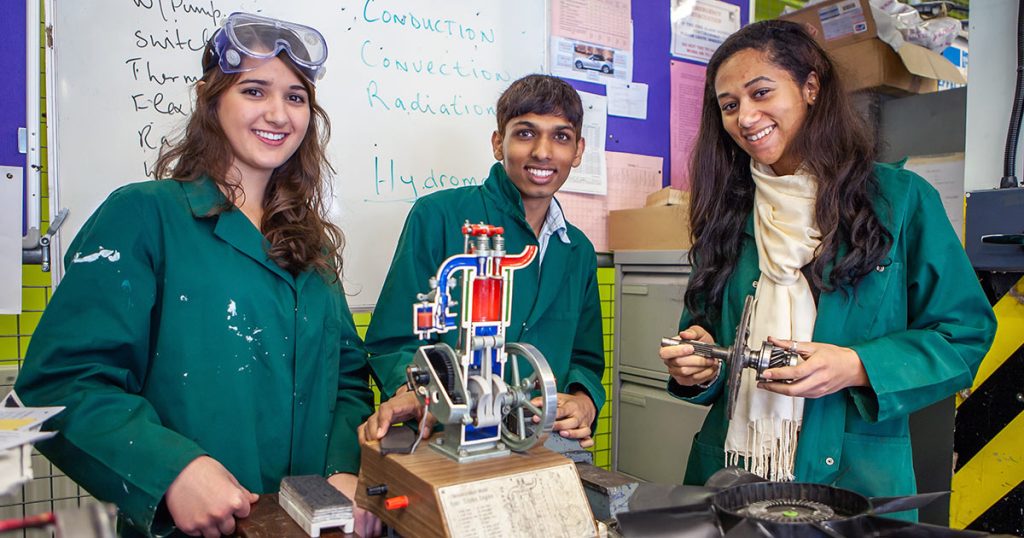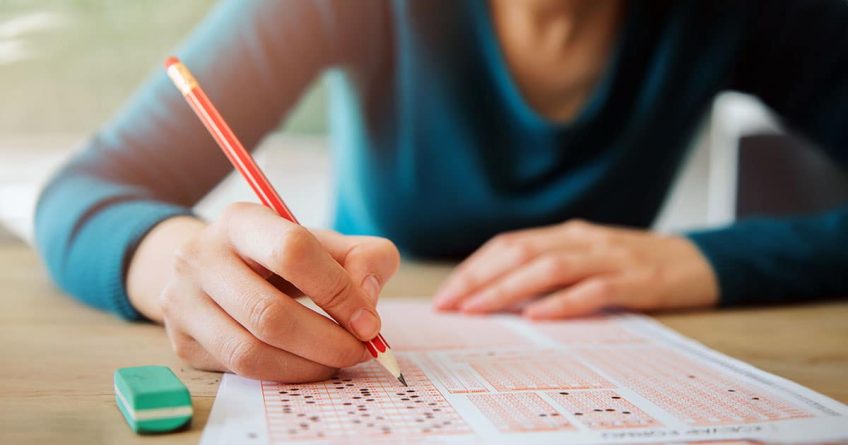While standardized testing is valuable for its objectivity and equal evaluation, it has significant drawbacks. These high-stakes tests often fail to capture the diverse skills and abilities of students. As a result, teachers use alternative assessment methods as solutions.
Let’s explore the best methods beyond standardized tests, such as essays, projects, research papers, and more. These all help to provide a more comprehensive evaluation of student performance.
Why Use Other Assessment Methods?
Alternative assessment approaches are essential. Standardized tests offer benefits like objectivity, standardization, and quick result analysis. But they have significant limitations.
These tests struggle to measure critical and creative thinking or other complex skills. They often reduce student abilities to simple yes or no answers. Additionally, standardized tests can cause anxiety and stress, which negatively impact results.
Using multiple measures of assessment provides a more comprehensive evaluation of student performance. Instructors and educators gain a deeper understanding of each student’s strengths and areas for improvement. As well, the student benefits from a more personalized and engaging learning experience.
Related: Hacks to Improve MCAT Score Fast
Alternatives to Testing

Standardized tests often miss the mark in capturing the full range of student abilities. To address this, teachers are exploring alternative assessment methods. These methods serve as effective solutions to standardized testing, providing a fuller evaluation of student performance.
Here are 10 popular and effective alternatives to traditional tests, including portfolios, essays, projects, research papers, and more. Each can help with evaluating student performance while also nurturing skills beyond test-taking.
1. Portfolios
Portfolios, much like in the job market, allow students to showcase their best work. These can include essays, research papers, art pieces, lab reports, and multimedia projects. Teachers assign various projects throughout the year. Students then curate those that best represent their abilities and growth.
Portfolios offer a holistic view of a student’s skills. They emphasize critical thinking, creativity, and problem-solving. This approach encourages long-term learning and improvement. It shifts the focus from test scores to overall development.
Students gain valuable self-assessment skills by reflecting on their work. They learn to identify their strengths and areas for improvement. Creating and sharing a portfolio also hones their presentation and communication skills. A study in Japanese universities found that portfolios effectively track progress and share information (source).
2. Essays
Essays are a common alternative evaluation method. They showcase analytical, critical, and writing skills. Through essays, teachers can measure students’ abilities to formulate thoughts, support opinions with arguments, analyze information, and draw conclusions. Essays are also crucial in the college admission process, as they help admissions officers understand a student’s unique perspective and capabilities.
Writing an effective essay takes time. Not all students can produce well-structured, grammatically correct essays initially. Even undergraduates may struggle, especially if they excel in practical work. Essay writing requires presenting thoughts and arguments smoothly while following a structure. For those who find this challenging, pay for an essay services are tempting as they deliver high-quality papers and share expertise.
For essays to be effective, topics should be diverse and engaging, created with student input to stimulate creativity and analysis. Clear assessment criteria let students know what is expected. Teachers should also evaluate the writing process, including planning, drafts, and feedback. With AI tools such as GPT essay helper, students can learn how to use technology to assist with topic outlines or structure.
3. Presentations
Presentations are an effective alternative to standardized testing. They allow students to show their understanding and communication skills. Students prepare and present on a topic, demonstrating research and critical thinking. This method encourages creativity and builds public speaking skills.
Many courses lend themselves to presentations of the kind that a professional consultant would provide to a community group or some kind. For example, in Architecture and City and Regional Planning, students often present their projects to a simulated “community board.”
UC Berkeley
Presentations offer flexibility in topics and formats, letting students explore personal interests. Teachers assess understanding, research quality, and delivery. This gives a fuller picture of a student’s abilities than traditional tests.
4. Projects
Project-based learning involves students completing various projects, either individually or in groups. This method lets students apply their knowledge in practical ways and develop team skills and creativity. Projects can cover a range of disciplines, offering a holistic learning experience.
The benefits of project-based learning are numerous. Students develop communication, organizational, and leadership skills. They gain a deeper understanding of the material through practical application. The integration of different subjects promotes comprehensive development. Feedback from teachers and peers helps students improve their work quality.
5. Research Papers
Research papers are a key method of evaluating student performance. They assess not only knowledge but also critical skills such as research abilities, working with scientific literature, conducting experiments, and drawing conclusions. These papers typically have a more complex structure than essays.
A research paper includes sections like literature review, methodology, and results and discussion. In the literature review, students find and analyze relevant sources to support their arguments. The methodology section requires choosing and describing research methods that align with the study’s goals. Finally, in the results and discussion, students analyze data and draw conclusions based on their findings.
6. Peer Reviews
Peer reviews engage students in evaluating each other’s work, promoting critical thinking and collaboration. By assessing their peers’ projects, students learn to identify strengths and weaknesses, enhancing their analytical skills.
This method also improves communication and interpersonal skills. Students practice giving and receiving constructive feedback, which deepens their understanding of the subject and prepares them for real-world teamwork and critique.
7. Self-Assessments
Self-assessments encourage students to evaluate their own work and learning progress. This method promotes self-reflection and helps students develop a deeper understanding of their strengths and areas for improvement. By regularly assessing their own work, students become more aware of their learning habits and can set personal goals for improvement.
Self-assessments also foster a sense of responsibility and autonomy in students. They learn to take ownership of their education and develop critical self-evaluation skills. Students become more adept at identifying and addressing their own learning needs.
8. Seminars and Discussions
Active participation in seminars and discussions allows students to demonstrate and develop their critical thinking skills. Through these interactive sessions, students articulate their positions, support their arguments, and engage in collective discussions. This method provides insight into their ability to think on their feet and respond to differing viewpoints.
Seminars and discussions also enhance communication and collaboration skills. Students learn to listen actively, respect diverse opinions, and contribute meaningfully to group conversations.
9. Oral Exams
Oral exams provide a dynamic way to assess students’ knowledge and communication skills. In this format, students answer questions verbally, demonstrating their understanding of the material and ability to articulate their thoughts clearly. This method tests not only their knowledge but also their ability to think quickly and express themselves coherently.
Oral exams also allow for immediate feedback and interaction between students and examiners. This interaction can clarify misunderstandings and probe deeper into the student’s comprehension. Students build confidence in public speaking and enhance their ability to engage in academic discussions.
10. Capstone Projects
Capstone projects are large assignments that typically culminate a course of study. These projects require students to apply the knowledge and skills they have acquired throughout their education to a real-world problem or research question. This method assesses a wide range of competencies, including research, problem-solving, and project management.
The regular length of an MBA program in Australia is 12 subjects. To be more specific, most programs are structured to have 10 or 11 coursework subjects and a capstone project at the end, which is sometimes double-weighted.
How Long Does an MBA Take in Australia?
Students are normally responsible for all stages of the project, from planning and research to execution and presentation. The project provides a practical and integrative learning experience, demonstrating readiness for professional work or further study.
Well-rounded Evaluation

Assessment beyond standardized tests is becoming increasingly important in modern education. The alternative evaluation methods listed in this article provide a more thorough understanding of students’ diverse skills and abilities. They promote the development of critical thinking, creativity, and research skills—essential for future success.
Teachers should continually refine their grading approaches. By considering individual characteristics and needs, they can ensure that each student’s growth and progress are fairly measured. Embracing these methods will lead to a more holistic and effective educational experience.


Leave a Reply